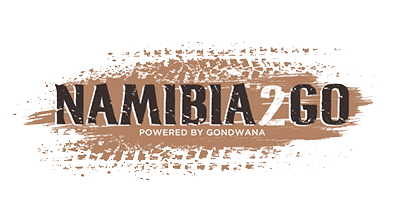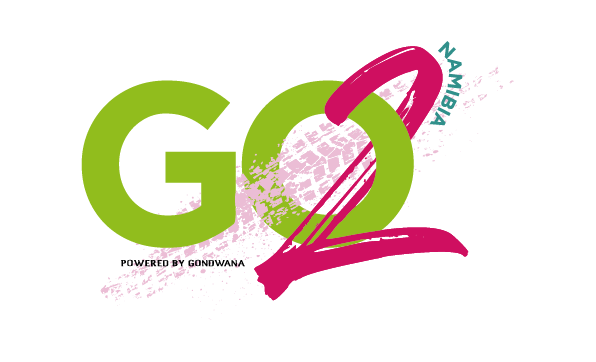Travelling around Namibia, I always appreciate the opportunity of getting to know Namibia’s beautiful people. I have over the years met members of all the ethnic groups that make up our marvellous Namibian tapestry. This time I headed south.
On my journeys I have been dazzled by the vivid colours of the Herero women’s regal long dresses. I have appreciated the bright colours of the Owambo traditional dress and those of the shebeens that colour the roadside of the North in all the shades on the artist’s palette. On my most recent trip I joined up with friend-photographer Lambert Heil and wordsmith Ron Swilling and ventured to the opposite end of the country, to the South, to explore the colourful world of the Nama. The cheerful colours of their houses and their rainbow-coloured laslappie trousers, dresses and hats brightened up the dusty streets of Mariental, Gibeon, Maltahöhe and the surrounding settlements.
It was more than the colour that brightened the trip, it was also the wide smiles and friendliness, and the joy of meeting the young, beaming with optimism, and the old whose faces tell of the many stories they’ve been part of on the meandering pathways of life.



This time we ventured to the settlement of Vaaldam, north of Gibeon, where we met Ouma Rosina //Hoeses, who grows her own vegetables transforming the sandy soil into a small food garden. She posed proudly for photographs in front of her greens, holding a bunch of freshly-picked beetroot bursting with life.


Further south our shoes sank into the mud of the Gibeon spring when we explored the remains of the 1915 German-Nama settlement, idyllically positioned above the verdant riverine growth. We located the key to the old church and spent some quiet moments soaking up the energy of prayer and peace, accumulated over a century of worship.



At Gochas we came across a casual meeting of neighbours ‘chewing the cud’, spending the lazy morning chatting, laughing and sharing stories. Andrea Böck, the most talkative of the group, peppered the conversation with his favourite exclamation, ‘Genade!’ (Mercy!).



After talking to the men, we turned our attention to the two women, Fransina Jager and Flora Isaaks, who were relishing having the limelight to themselves for a while. They peered out of a small window cut into the corrugated sheeting of the small house, painted in pink, red and canary-blue and emblazoned with a green heart. After their photograph was taken, they exclaimed in unison, ‘Daar sy!’ (That’s it!) and withdrew smiling to continue with the day’s activities.


Several houses drew us in with their bright colours or artistic creations, like the bright-yellow home of Jacobus and Mercia Gariseb. As in many of the gardens in the area, a tree is decorated with old tin cups. Mercia showed us her ‘tippy tap’ – an arrangement to wash hands from a plastic container using a piece of wood as a foot pump. ‘For Corona,” she told us as she demonstrated its nifty design. The friendly couple, who are deeply in love, have 23 goats, which Mercia takes out at 10 in the morning, returning home at 4 in the afternoon.


The rest of the day was spent exploring the old ruins at Orab, which showed a face of a different kind and told its own story of people who had lived there in the previous century. We made our way to the banks of the Fish River for a rest, while a herd of cows lay contentedly in the shade on the opposite bank.

We had one more day to explore and meet the people of the South, but for now we headed back to the lodge and raised glasses to life and Kalahari sunsets as the sun sank elegantly into the burnished sand.


.png)
.jpg)
.jpg)




.png)

SUBMIT YOUR COMMENT